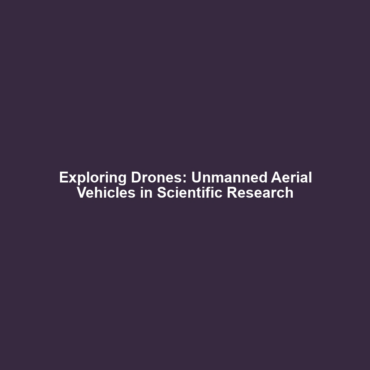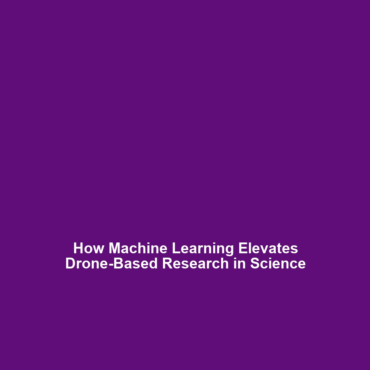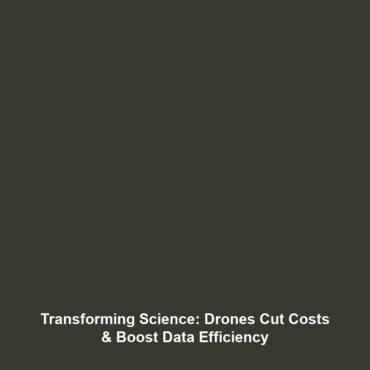Inertial Confinement Fusion (ICF): A Key Player in Fusion Energy
Introduction
Inertial Confinement Fusion (ICF) represents a pivotal technology within the burgeoning field of Fusion Energy. By compressing nuclear fuel to create the conditions necessary for fusion, ICF holds the potential to provide a sustainable and virtually limitless source of energy. The significance of ICF not only lies in its ability to harness energy comparable to that produced by the sun but also in its role as a potential solution to global energy challenges. Understanding ICF is crucial for advancements in sustainable energy technologies, making it a focus of extensive research and development.
Key Concepts
Fundamental Principles of ICF
Inertial Confinement Fusion operates on the principle of compressing fuel pellets—typically made of deuterium and tritium—using intense energy from lasers or other high-energy sources. The key concepts of ICF include:
- Compression: Utilizing powerful lasers to compress nuclear fuel to extreme densities.
- Ignition: Achieving the conditions necessary for fusion reactions to occur, releasing vast amounts of energy.
- Energy Release: Understanding the energy output from fusion processes that could be harnessed for power generation.
These principles highlight how ICF fits into the broader narrative of Fusion Energy, promising a safe and efficient alternative to conventional fossil fuels.
Applications and Real-World Uses
The applications of Inertial Confinement Fusion (ICF) are manifold, particularly within the context of Fusion Energy. Some prominent examples include:
- Energy Generation: Research into ICF technologies aims to develop power plants that could harness fusion energy sustainably.
- National Security: ICF techniques are utilized in nuclear weapon simulations and understanding thermonuclear reactions.
- Medical Applications: Potential uses in targeted cancer therapies that leverage fusion technology’s principles.
These applications showcase how ICF can transform current practices in energy and other fields.
Current Challenges
Despite its potential, Inertial Confinement Fusion (ICF) faces several challenges that hinder its development within the field of Fusion Energy:
- Cost: High operational and infrastructure costs necessitate significant investment.
- Technical Limitations: Current methods have yet to achieve a net positive energy output from fusion reactions.
- Material Constraints: Identifying and developing materials that can withstand extreme conditions is a key hurdle.
Future Research and Innovations
Future research in Inertial Confinement Fusion (ICF) is poised to unlock numerous innovations that could redefine the landscape of Fusion Energy. Key areas of focus include:
- Advanced Laser Technologies: Innovations in laser efficiency and power could enhance compression processes.
- Materials Science: Development of new materials designed to withstand the extreme conditions involved in ICF processes.
- Collaboration and Funding: Increased international collaboration and funding efforts aim to accelerate advancements in ICF research.
Conclusion
Inertial Confinement Fusion (ICF) serves as a vital component of the future of energy, offering a glimpse into what a world powered by fusion could look like. As researchers continue to address current challenges and innovate, the prospects for ICF within the broader realm of Fusion Energy remain promising. For further exploration of related topics, consider reading about recent advancements in fusion research or the potential of solar energy technologies.
This article is structured effectively to inform readers about Inertial Confinement Fusion while optimizing for SEO, utilizing relevant keywords and formatting for digital publication.









